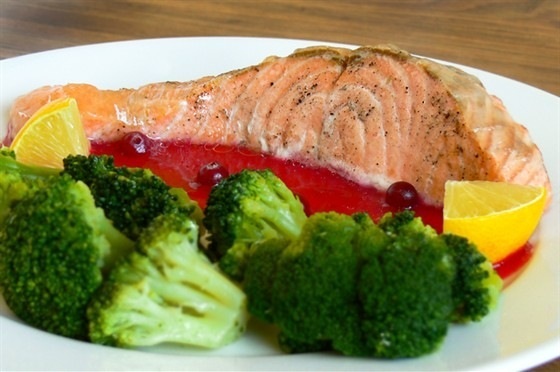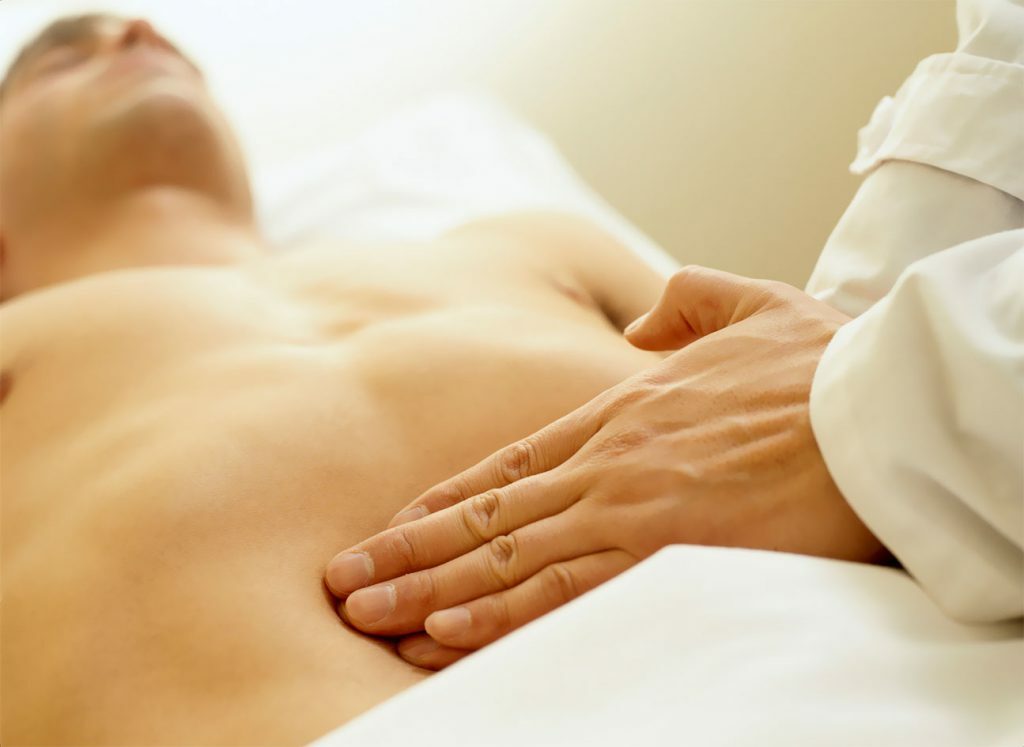Main symptoms and treatment of intestinal dyskinesia
Dyskinesia of the intestine, in other words spastic colitis, is an intestinal disease that can occur against a motility disorder of the digestive organ.
Most often, dyskinesia develops in the large intestine, while many patients have this form of pathology asymptomatic.
According to WHO, to date, this disease affects ¾ of the world's population, mostly women.
What are the symptoms of an ailment?
Contents:
- What are the symptoms of an ailment?
- Classification and causes of dyskinesia
- Diagnosis and treatment of illness
- How to eat properly in case of a disease?
Dyskinesia of the intestine does not have specific signs of appearance. The main symptoms that doctors can take into account when diagnosing a pathology are expressed by discomfort in the abdomen.
In this situation, the patient can not say exactly where it hurts in the abdomen, as the painful spasm is almost always around the circumference, which in turn complicates the treatment.
Painful sensations can last for 2-3 hours or stop after 10 - 15 minutes.
In this case, the symptoms in different patients may be different. In the process of developing the same bowel disease, some people may feel aching or dull pain, while others may feel boring or cutting.
Pain can suddenly recede when the patient falls asleep, but after a dream reappear.
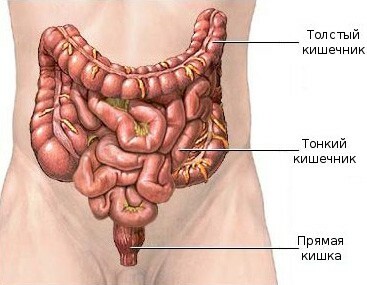
Many patients note that spasms appear and intensify after eating, as well as as a result of nervous shock and frequent stressful situations.
Sometimes treatment is not required, as the pain can disappear without a trace after bowel movement or gas leakage.
Dyskinesia of the intestine can have other symptoms, among them loud rumbling in the intestine, abdominal rash from excess gas, constipation or diarrhea.
In some patients, symptoms such as abdominal rash and rumbling in the intestine may be the only signs of the disease.
These symptoms are expressed regardless of the type of food used. Most often, patients with such symptoms are constipated than diarrhea.
Usually, after the first dense portions of stool, a semi-fluid stool emerges. In this period, mucous discharge is almost always observed during defecation, blood and pus are not characteristic of dyskinesia.
Strangely enough, but with daily rapid bowel movements, the patient does not lose weight, on the contrary, his body weight may increase over a certain period of time.
At night, the patient's diarrhea does not disturb, usually diarrhea appears in the morning after eating.
The first stools are characterized by density, then the bowel movement becomes watery, after completion of defecation there is a feeling of incomplete emptying of the intestine.
The listed symptoms are not specific, as they can be found in other gastrointestinal diseases, which is why erroneous treatment is often performed.
Video:
If the spastic colitis has taken a chronic form, the patient may experience mental disorders.
These people are too anxious and can easily become depressed, so they need immediate treatment.
These conditions are often accompanied by pain in the lower back, left under the scapula or in front of the heart.
In this case, the patient is referred for examination of the cardiovascular system or internal organs of the small pelvis, but as a result they are healthy.
Classification and causes of dyskinesia of the digestive tract
Dyskinesia of the intestine is hypermotor and hypomotor, can occur in primary and secondary form.
Hyper-motor dyskinesia is characterized by the following symptoms: increased intestinal tone and spasm.
These two factors are the cause of slow digestion and food advancement along the digestive tract.
The result of this condition is constipation and the appearance of colic.
If the patient has hypomotor dyskinesia, then, on the contrary, the tone and peristalsis of the intestine are greatly weakened, the person begins to suffer from constipation.
The hypomotor type of pathology is characterized by a feeling of blunt pain and bloating. In difficult cases, the patient may experience intestinal obstruction.

The main cause of this condition is reduced to the accumulation of feces in the intestine, and if this disease is not treated, then the effect of constipation will be dizziness, lack of appetite and weakness.
If hypomotor colitis takes a chronic form, then the patient may experience hemorrhoids, as well as anal fissures.
As mentioned above, dyskinesia of the intestine can have a primary and secondary form. Primary spastic colitis is an independent disease characterized by impaired motor activity of the organ.
Secondary colitis occurs on the background of other diseases of the digestive tract and has symptoms similar to those of other pathologies. Nevertheless, it is difficult to differentiate the considered states.
Most often, the primary colitis of the intestine is due to psychogenic factors, but it can also be a consequence of malnutrition, in which a person consumes very little complex carbohydrates.
Physicians consider primary colitis as a psychosomatic pathology, which usually develops on the background of acute or chronic psychotraumatic factors and a negative emotional state.
The cause of primary dyskinesia of the intestine can also be an acute infectious disease.
Secondary colitis of the intestine often shows symptoms similar to those of other digestive tract diseases, for example, chronic gastritis, ulcers, liver failure, endocrine disorders.
People who have been taking medications for a long time, whose components adversely affect the motor activity of the colon, also suffer from constipation.
Diagnosis and treatment of the disease
Diagnosis of dyskinesia of the intestine only according to the patient's questionnaire and the existing symptoms are difficult.
For this reason, during the survey, doctors use differential diagnosis or an exclusion method( type of logical evidence).This method consists of several stages.
First of all, the attending physician strikes out of the list some bowel diseases, for example, the presence of polyps and tumors.
Video:
The specialist then delimits chronic non-ulcerative colitis and dyskinesia, after which the form of dyskinesia( primary, secondary) and the causes of its occurrence are determined.
To eliminate pathologies, the symptoms of which are similar to the symptoms of spastic colitis, a comprehensive examination of the patient helps, in the course of which:
- coprology is used - a general analysis of stool that gives an idea of the presence of inflammations and infections in the intestine;
- Irrigoscopy with barium or capsular endoscopy - in the first case, a contrast agent is injected into the prepared intestine, then X-rays are taken. In the second - the patient swallows a capsule equipped with a special sensor, which, passing through the digestive tract, transmits to the monitor thousands of photographs, allowing to judge the condition of the organ;
- feces analysis for latent blood and dysbacteriosis - in the first case it helps to reveal latent bleeding in the digestive tract, in the second - pathogenic microflora and change in the number of positive bacteria;
- Colon biopsy - the procedure is performed to take tissue from the small or large intestine for laboratory analysis.
After the diagnosis of dyskinesia of the large intestine, the specialist is engaged in the question of determining the shape and cause of the disease.
For this purpose, the patient's anamnesis is studied, the results of the general clinical study are taken into account, then the treatment is prescribed.
In psychogenic genesis, primary colitis has to be treated with psychotropic medications and psychotherapeutic sessions.
This treatment involves the appointment of antidepressants, tranquilizers and neuroleptics.
High efficiency is shown by the means contributing to the overall strengthening of the central nervous system of a person, which positively affects the VNS and normalizes intestinal muscle tone.
How to eat properly in case of a disease?
Treatment of various pathologies of the digestive tract is not complete without adherence to a special diet, which helps to ease the current condition of the patient.
That is why nutrition for dyskinesia of the intestines should be correct. A menu is formed for the period of treatment from foods rich in vitamins and microelements.
At this time, food that is rich in fiber is particularly preferred.
Food for dyskinesia for the patient is cooked or steamed, with all the ingredients used thoroughly crushed.
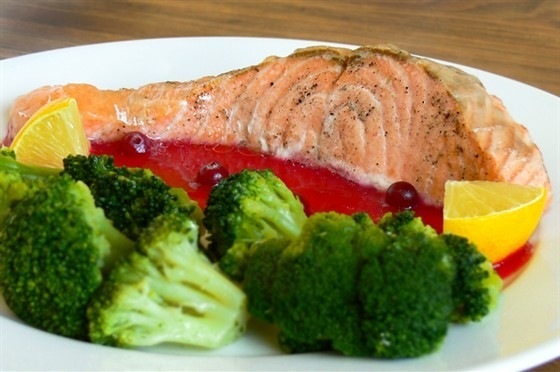
Stimulate the work of the intestines allow included in the diet vegetables, fruits and berries, but only those that do not cause in the digestive tract fermentation and do not negatively affect its mucosa.
But the most important thing is that for different patients with dyskinesia of the intestine, a different diet is prescribed, as, indeed, treatment.
The diet for dyskinesia of the intestine is formed taking into account the type of intestinal motility.
For example, if the patient has hypomotor colitis of the large intestine, then his diet must contain food rich in fiber.
First of all, these are vegetables such as vinaigrette, carrots, cabbage, greens and tomatoes.
Products that are sources of essential oils, from the diet of such a patient should be removed, among them: onions, mushrooms, radish and radish.
From bakery products, the patient is recommended bread made from coarse flour, better with bran.
The porridge welded on the water is well influenced by intestinal motility, besides them, the menu includes low-fat vegetable soups.
Fans of meat dishes will have to confine themselves to eating fish and meat of low-fat varieties, while preparing them best for a couple.
You can enter in the menu boiled soft-boiled eggs, but not more than two pieces per day.
Those patients who suffer from constipation will benefit from eating cold food.
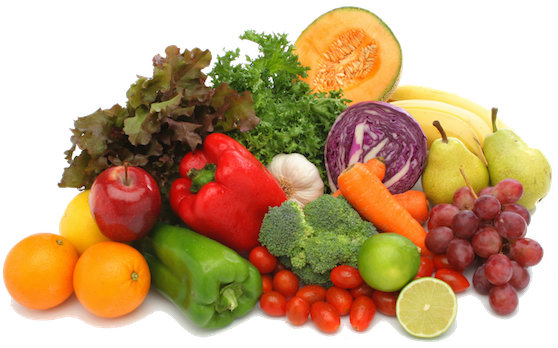
To this end, the menu includes wheat bran, which is steamed with steep boiling water, then added daily to meals or eaten as an independent meal.
To comply with the diet menu is recommended all the time, as long as the treatment of dyskinesia intestines, as well as during remission.

